Growth of Edge Computing
The proliferation of edge computing is reshaping the landscape of data centers and, consequently, the Data Center Cooling Market. As more data processing occurs closer to the source of data generation, smaller, localized data centers are emerging. These facilities require efficient cooling solutions tailored to their unique operational needs. The demand for compact and effective cooling systems is likely to increase as edge computing continues to expand. This trend presents opportunities for the Data Center Cooling Market to innovate and develop specialized cooling technologies that cater to the specific requirements of edge data centers, thereby driving market growth.
Rising Demand for Data Centers
The increasing reliance on digital services and cloud computing has led to a surge in data center construction. As businesses expand their online presence, the need for efficient data center cooling solutions becomes paramount. The Data Center Cooling Market is experiencing growth, with projections indicating a compound annual growth rate of approximately 10% over the next few years. This demand is driven by the necessity to maintain optimal operating temperatures for servers, which, if exceeded, can lead to hardware failures and increased operational costs. Consequently, data center operators are investing in advanced cooling technologies to ensure reliability and performance, thereby propelling the Data Center Cooling Market forward.
Regulatory Compliance and Standards
As environmental concerns intensify, regulatory bodies are implementing stringent standards for energy consumption and emissions. Data centers are significant consumers of energy, and compliance with these regulations is crucial. The Data Center Cooling Market is influenced by the need for solutions that not only meet these standards but also enhance energy efficiency. For instance, regulations may mandate the use of cooling systems that minimize water usage or reduce carbon footprints. This regulatory landscape encourages innovation in cooling technologies, pushing companies to adopt more sustainable practices. As a result, the Data Center Cooling Market is likely to see a shift towards eco-friendly cooling solutions that align with regulatory requirements.
Increased Focus on Energy Efficiency
Energy efficiency has become a critical focus for data center operators, driven by rising energy costs and environmental concerns. The Data Center Cooling Market is adapting to this trend by offering solutions that significantly reduce energy consumption. For instance, the implementation of free cooling techniques can lower energy usage by utilizing ambient air for cooling during certain conditions. This shift towards energy-efficient cooling systems is not only cost-effective but also aligns with corporate sustainability goals. As organizations strive to minimize their carbon footprints, the Data Center Cooling Market is likely to experience a surge in demand for innovative cooling technologies that enhance energy efficiency.
Technological Advancements in Cooling Solutions
The Data Center Cooling Market is witnessing rapid advancements in cooling technologies, including liquid cooling and immersion cooling systems. These innovations offer enhanced thermal management capabilities, allowing data centers to operate at higher densities without compromising performance. For example, liquid cooling systems can reduce energy consumption by up to 30% compared to traditional air cooling methods. As data centers evolve to accommodate more powerful servers, the demand for these advanced cooling solutions is expected to rise. This trend not only improves operational efficiency but also contributes to the overall growth of the Data Center Cooling Market, as operators seek to optimize their infrastructure.
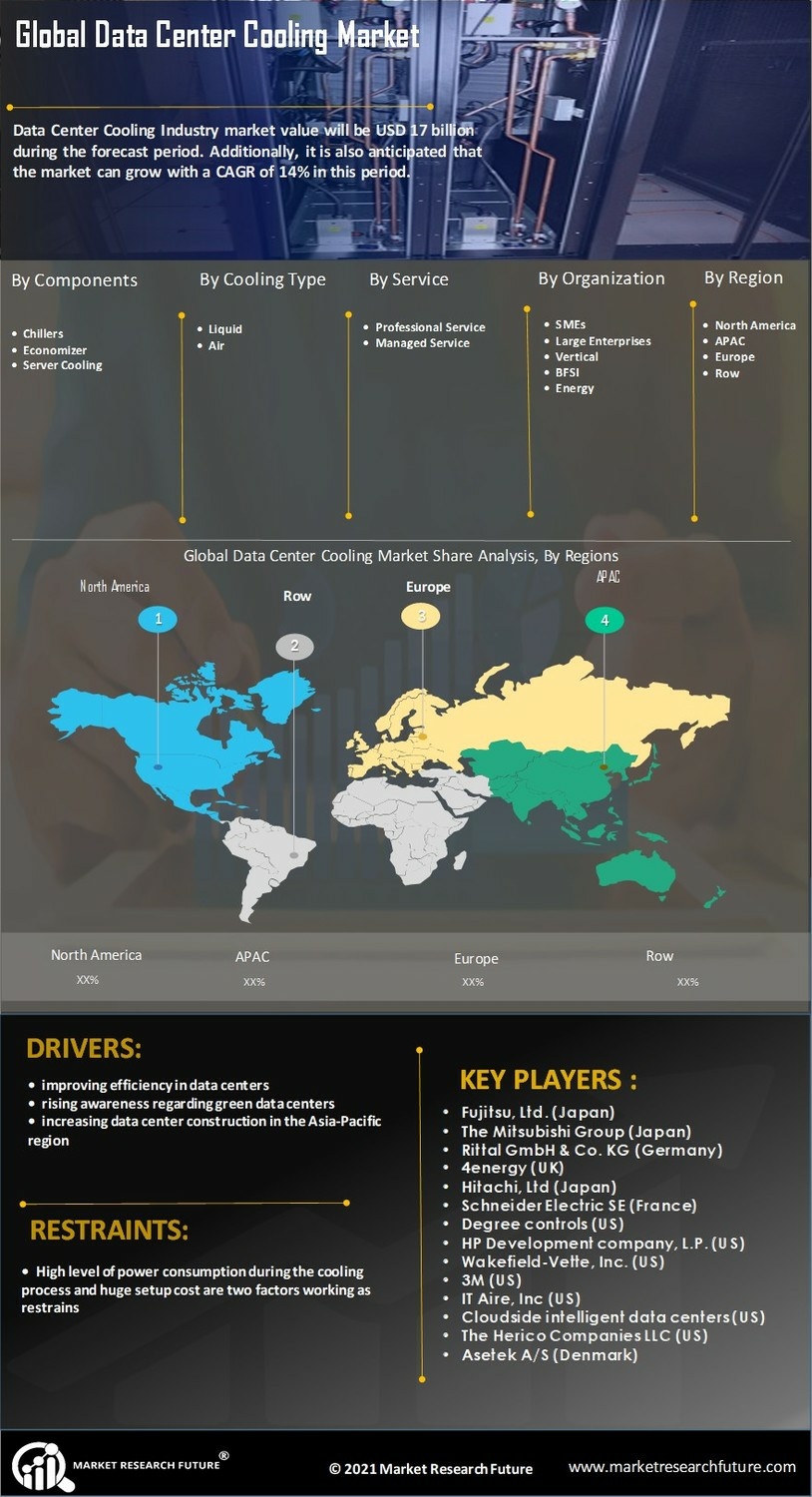

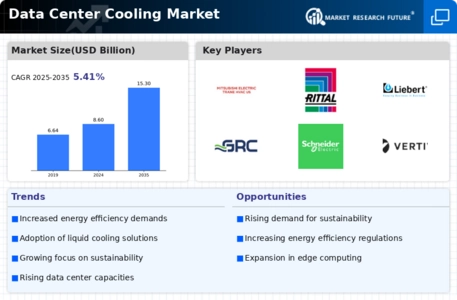
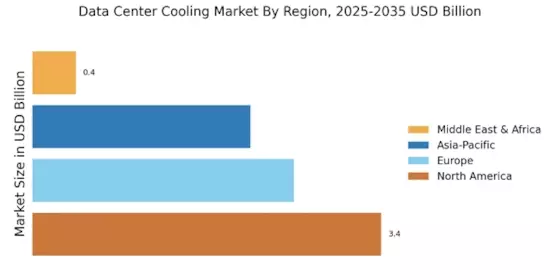
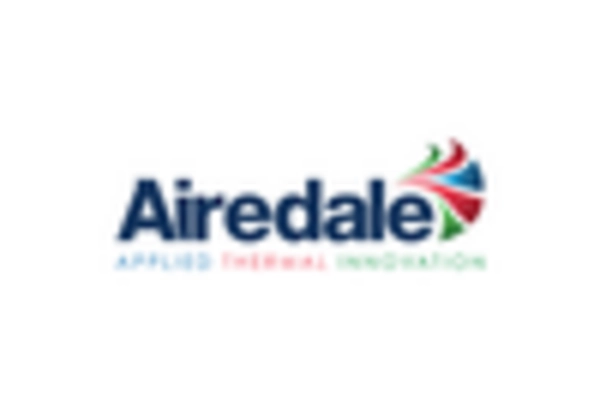

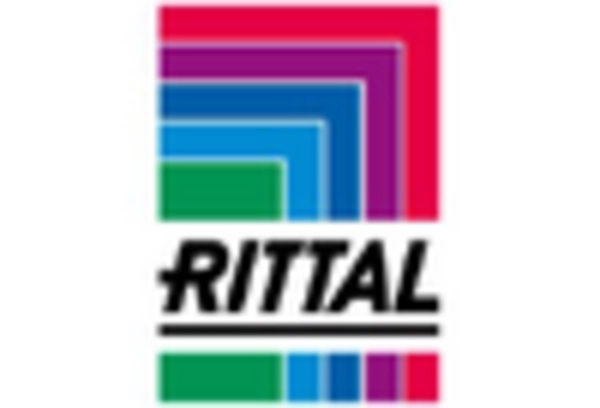

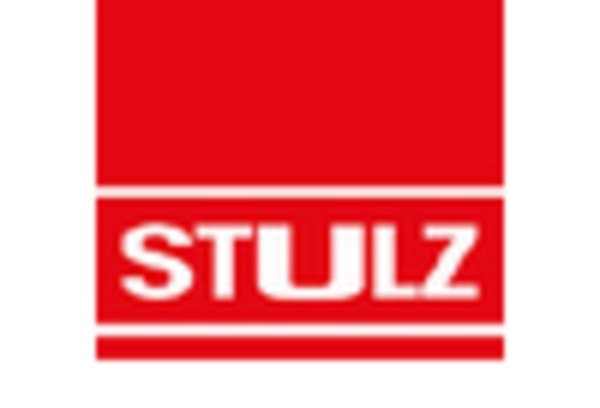
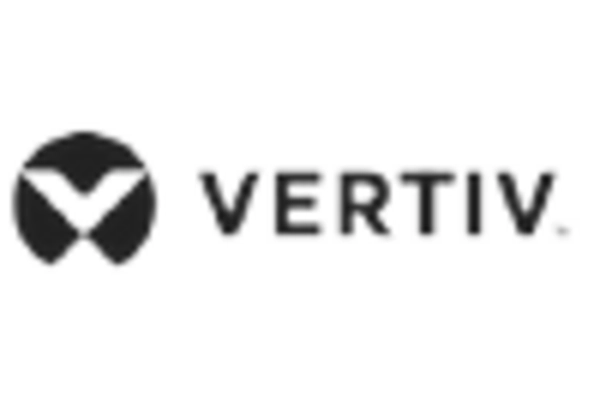








Leave a Comment